Healthy, vibrant plants start with proper nutrition, and while chemical fertilizers are widely used, natural fertilizers offer a safer, eco-friendly alternative. By using organic materials, you can nourish your plants, improve soil health, and reduce environmental impact. Fertilizing naturally also promotes strong roots, abundant blooms, and robust fruit and vegetable yields.
This guide will show you how to fertilize your plants naturally, including types of organic fertilizers, application methods, timing, and tips for optimal results.
Why Natural Fertilizers Matter
Natural fertilizers provide essential nutrients while enhancing soil structure and microbial activity. Unlike synthetic fertilizers, they:
- Feed the Soil: Organic matter improves soil fertility, texture, and water retention.
- Support Beneficial Microorganisms: Microbes in healthy soil break down organic matter and make nutrients available to plants.
- Reduce Pollution: Chemical fertilizers can leach into waterways, causing environmental damage.
- Promote Long-Term Plant Health: Plants absorb nutrients gradually, reducing the risk of nutrient burn or over-fertilization.
Key Nutrients Plants Need:
- Nitrogen (N): Promotes leafy growth
- Phosphorus (P): Supports root development and flowering
- Potassium (K): Strengthens overall plant health and disease resistance
Step 1: Understand Your Plants’ Needs
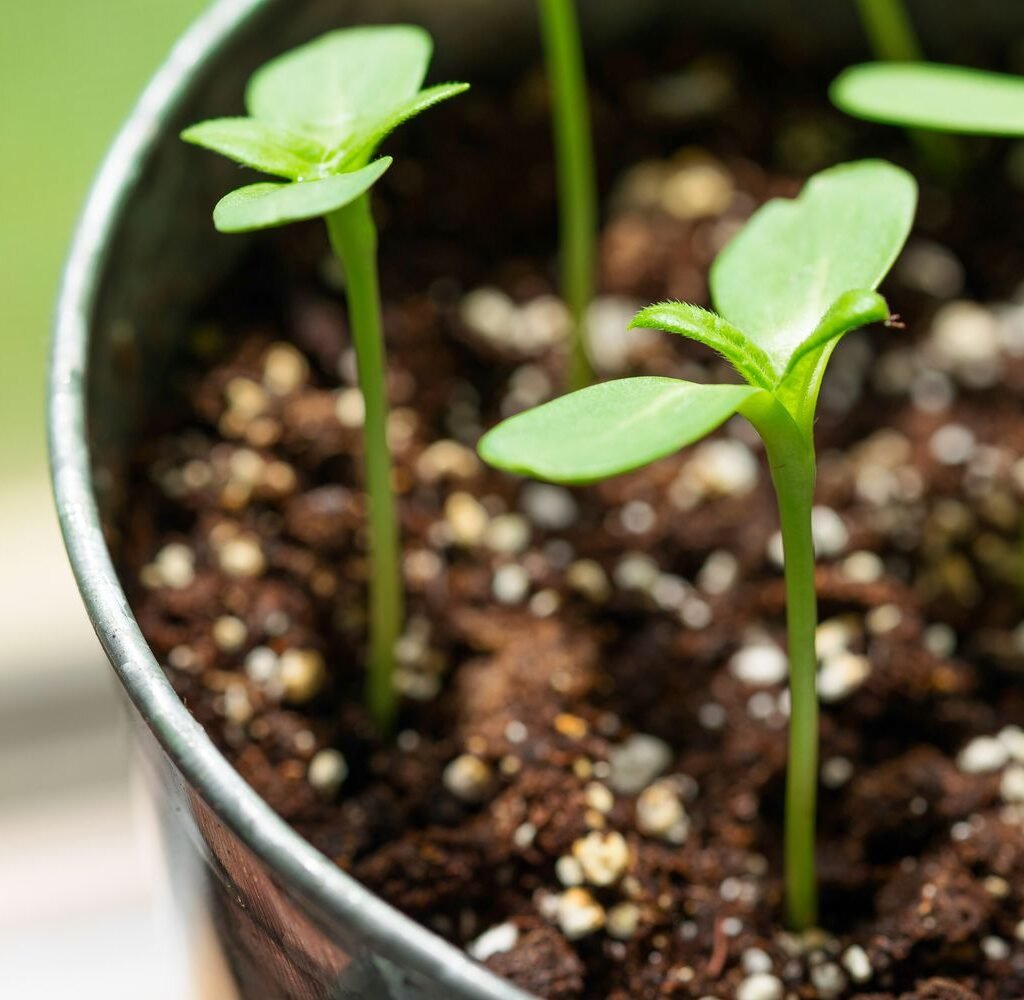
Before applying any fertilizer, identify the specific nutritional needs of your plants:
- Leafy Vegetables: High nitrogen requirements for lush foliage (lettuce, spinach, kale).
- Flowering Plants: Higher phosphorus needs for blooms (roses, hibiscus).
- Fruiting Plants: Balanced nutrients with slightly more potassium for fruit development (tomatoes, peppers).
- Houseplants: Varies by species; generally balanced NPK with organic amendments works well.
Tip: Conduct a soil test to determine nutrient deficiencies and avoid unnecessary applications.
Step 2: Choose the Right Natural Fertilizers
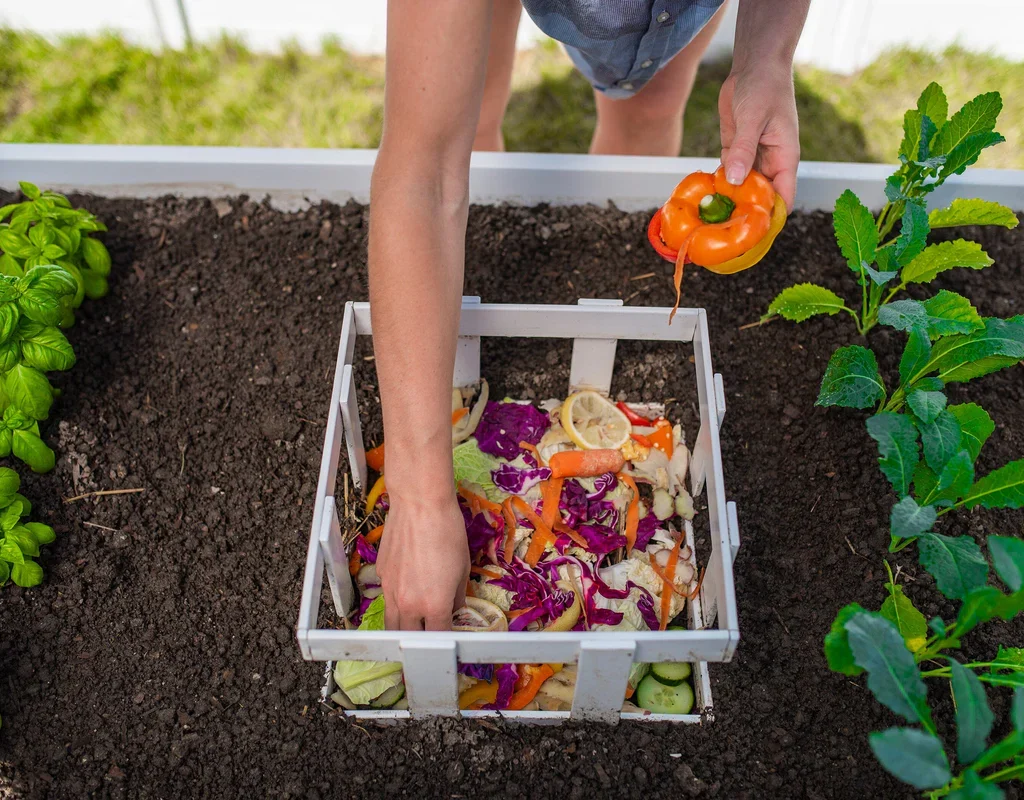
Several natural materials can serve as fertilizers, each with unique benefits:
1. Compost
- Made from decomposed kitchen scraps, garden clippings, and yard waste.
- Rich in nutrients and beneficial microbes.
- Improves soil structure and moisture retention.
Application: Spread 1–2 inches of compost around plants or mix into soil before planting.
2. Vermicompost (Worm Castings)
- Produced by earthworms digesting organic matter.
- High in nitrogen, phosphorus, and potassium.
- Enhances microbial activity in soil.
Application: Mix into potting soil or top-dress around plants.
3. Manure
- Animal manure (cow, horse, chicken) is nutrient-rich.
- Must be well-aged or composted to prevent burning plants.
Application: Apply 1–2 inches of composted manure around garden beds. Avoid direct contact with roots of young plants.
4. Fish Emulsion
- Liquid fertilizer made from processed fish.
- High in nitrogen, ideal for leafy growth.
- Quickly absorbed by plants.
Application: Dilute according to package instructions and water at the base of plants.
5. Bone Meal
- Ground animal bones, rich in phosphorus.
- Encourages strong root growth and flowering.
Application: Mix into soil near the root zone before planting or during transplanting.
6. Coffee Grounds
- Provides nitrogen and organic matter.
- Slightly acidic, beneficial for acid-loving plants like azaleas and blueberries.
Application: Sprinkle around plants or mix into compost.
7. Eggshells
- Source of calcium, essential for cell wall structure.
- Helps prevent blossom end rot in tomatoes and peppers.
Application: Crush eggshells and mix into soil or compost.
8. Seaweed or Kelp**
- Contains micronutrients, growth hormones, and trace minerals.
- Improves stress tolerance and overall plant vigor.
Application: Use as a tea (soak in water) or sprinkle dried powder into soil.
Step 3: Apply Fertilizers Correctly
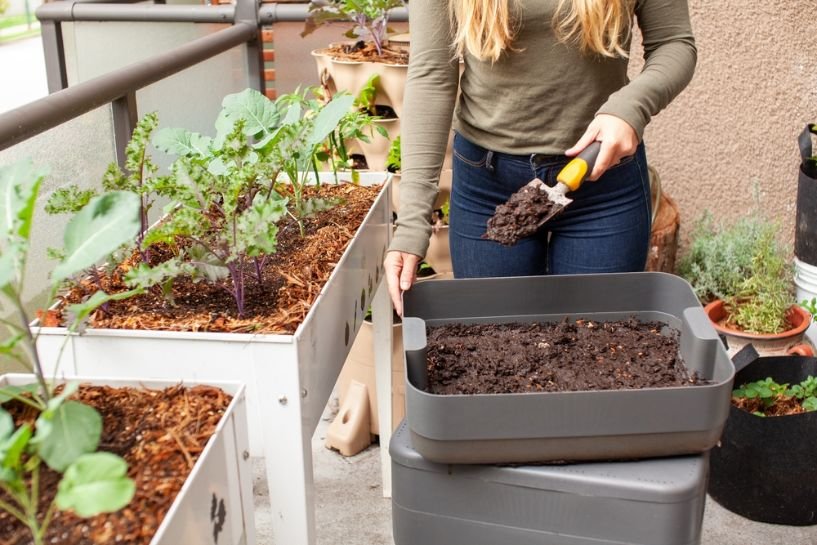
Proper application ensures nutrients are available when plants need them most.
Top-Dressing
- Spread organic material (compost, manure, worm castings) on the soil surface.
- Water in to help nutrients penetrate the root zone.
Soil Incorporation
- Mix fertilizers into the soil before planting.
- Ensures even nutrient distribution and encourages deep root growth.
Liquid Fertilization
- Use liquid fertilizers like fish emulsion or seaweed tea.
- Apply directly to the soil around the base of plants or as a foliar spray for fast absorption.
Tips:
- Avoid over-application; too much fertilizer can burn plants or create nutrient imbalances.
- Water thoroughly after applying granular fertilizers to help nutrients reach roots.
Step 4: Timing Your Fertilization
Timing is critical to maximize nutrient uptake:
- Seedlings and Young Plants: Use mild, balanced fertilizers to support root development.
- Vegetative Growth Stage: High-nitrogen fertilizers encourage leafy growth.
- Flowering Stage: Apply phosphorus-rich fertilizers to promote blooms.
- Fruiting Stage: Potassium-rich fertilizers enhance fruit development and ripening.
Tip: Follow a regular schedule but adjust according to plant needs, soil quality, and weather conditions.
Step 5: Monitor Plant Health
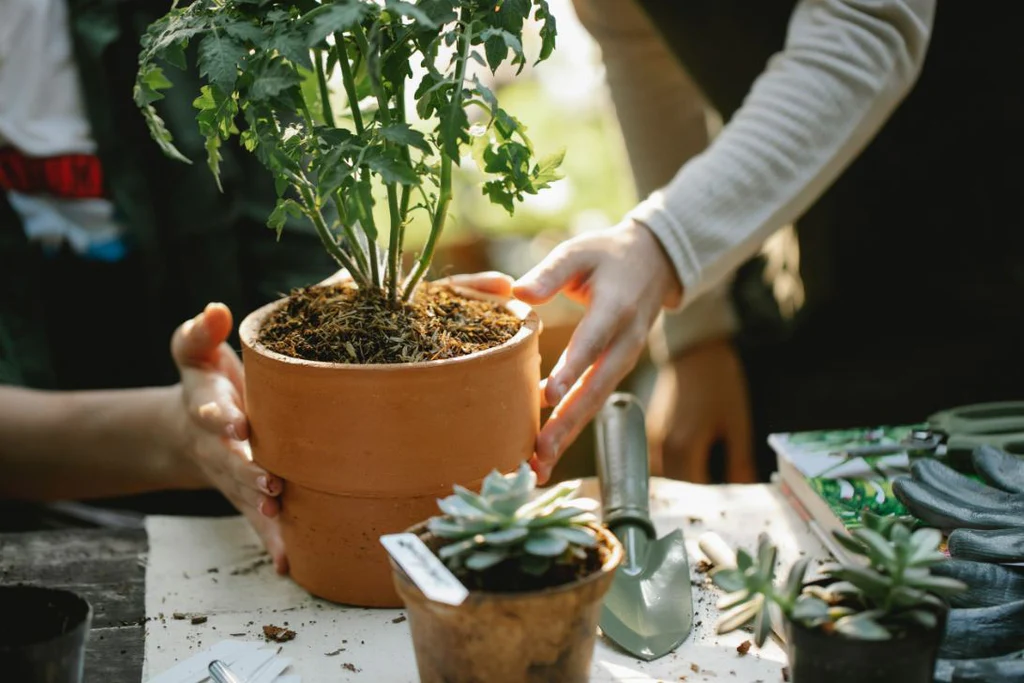
Regular observation ensures your plants receive adequate nutrition:
- Nitrogen Deficiency: Yellowing leaves and stunted growth.
- Phosphorus Deficiency: Dark green or purplish leaves; poor flowering.
- Potassium Deficiency: Brown leaf edges, weak stems, reduced fruit quality.
Tip: Adjust your fertilization routine based on visual symptoms and soil tests.
Step 6: Combine Fertilizers for Best Results
Using a combination of natural fertilizers can provide balanced nutrition:
- Mix compost and worm castings for overall soil health.
- Add bone meal or rock phosphate for flowering and fruiting plants.
- Use coffee grounds and eggshells to boost nitrogen and calcium levels.
Tip: Layering organic fertilizers helps provide both immediate and long-term nutrient availability.
Step 7: Safety and Sustainability Considerations
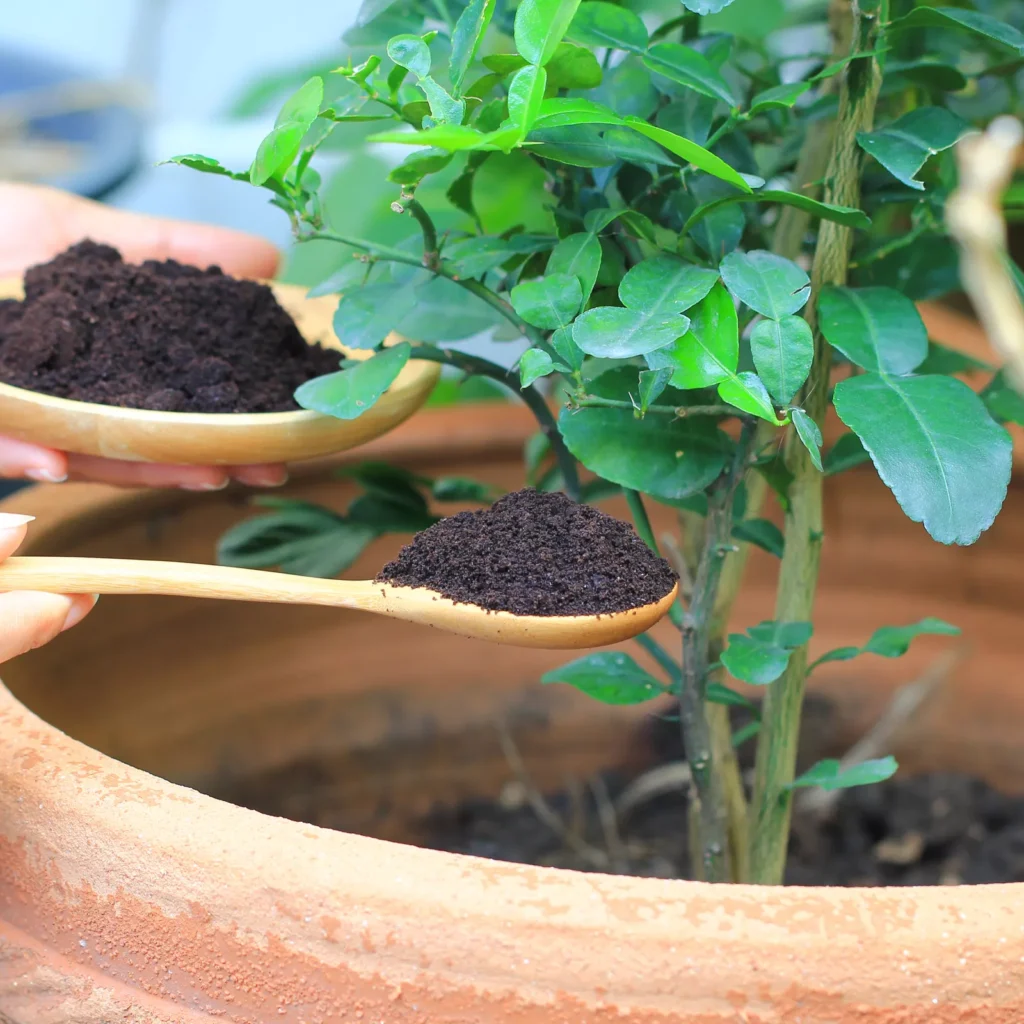
- Use composted manure to reduce the risk of pathogens.
- Avoid excessive application of nitrogen-rich materials; they can leach into water sources.
- Rotate crops and vary fertilizer types to maintain soil health and prevent nutrient depletion.
- Store organic fertilizers in a cool, dry place to maintain their effectiveness.
Benefits of Natural Fertilization
- Environmental-Friendly: Reduces chemical runoff and pollution.
- Soil Improvement: Enhances soil structure, water retention, and microbial activity.
- Cost-Effective: Utilizes kitchen scraps and garden waste.
- Safe for Children and Pets: Non-toxic compared to synthetic fertilizers.
- Sustainable: Encourages recycling of organic matter and closed-loop gardening.
Quick Tips for Natural Fertilization Success
- Rotate fertilizers for balanced nutrition.
- Mulch after applying fertilizers to reduce nutrient loss and retain moisture.
- Use natural fertilizers gradually for a slow, steady nutrient release.
- Keep a gardening journal to track plant responses and fertilization schedules.
- Consider companion planting to naturally boost soil fertility.
Conclusion
Fertilizing your plants naturally is a safe, effective, and eco-friendly way to promote healthy growth, vibrant flowers, and abundant fruits and vegetables. By understanding plant needs, choosing appropriate fertilizers, applying them correctly, and monitoring plant health, you can create a thriving garden without relying on chemical products.
From compost and worm castings to bone meal, coffee grounds, and seaweed, the options are abundant and easily accessible. Integrating these natural methods into your gardening routine enhances soil fertility, plant resilience, and sustainability.
With patience, observation, and proper technique, you can nourish your garden naturally, ensuring a productive, beautiful, and environmentally responsible outdoor space year-round.
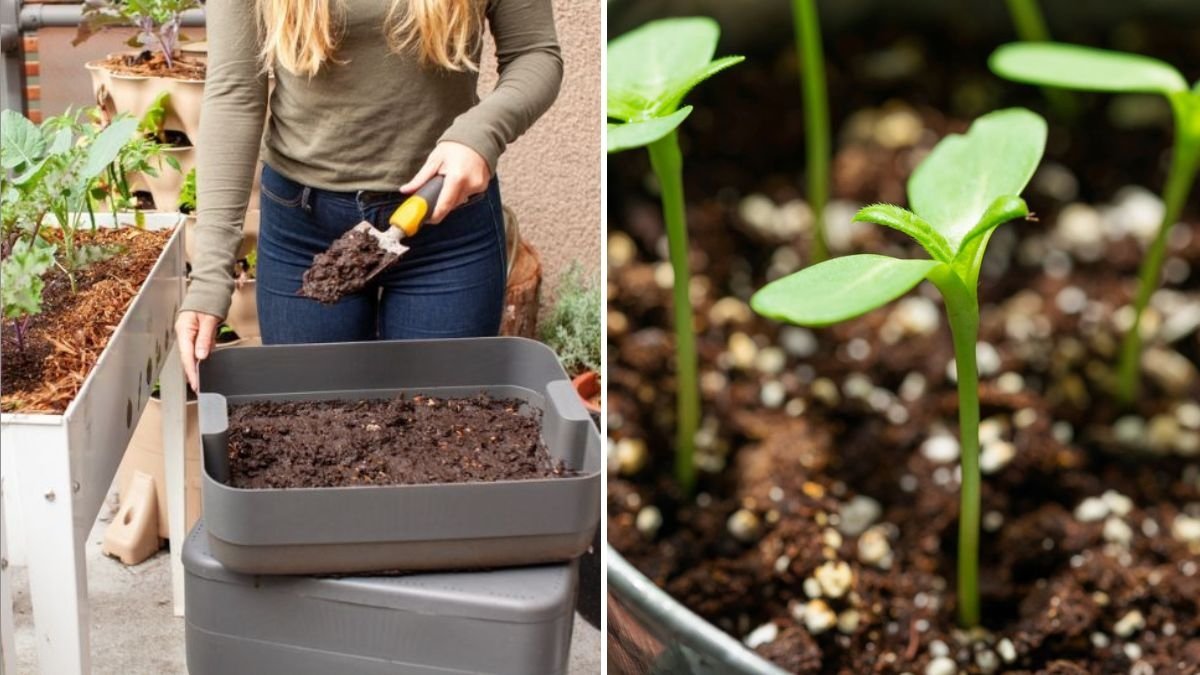





Leave A Comment